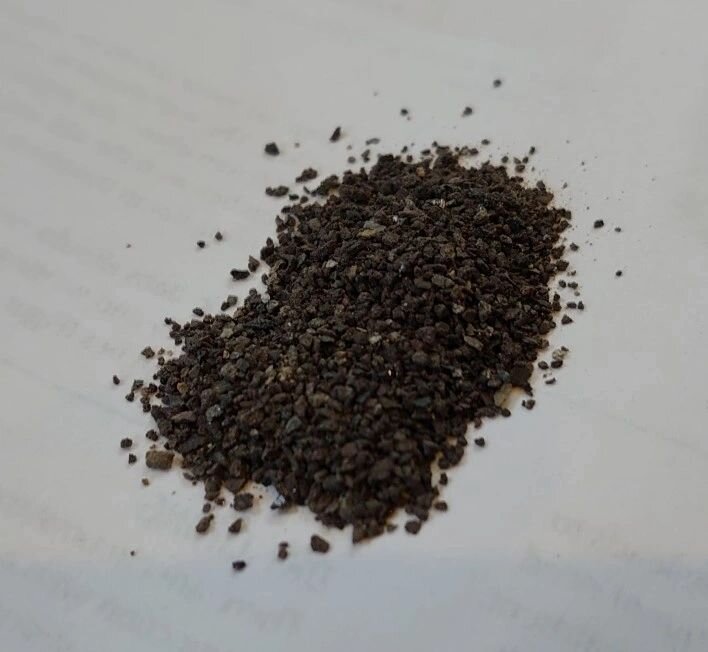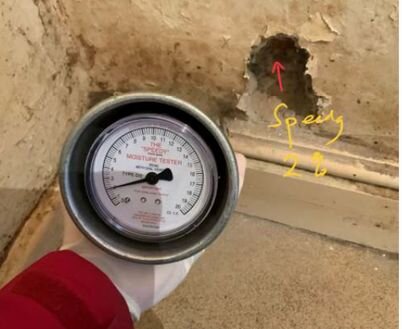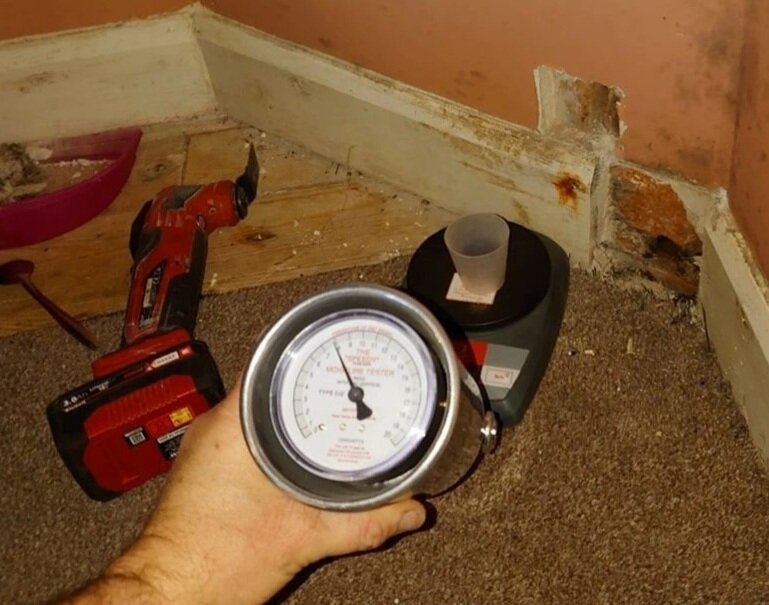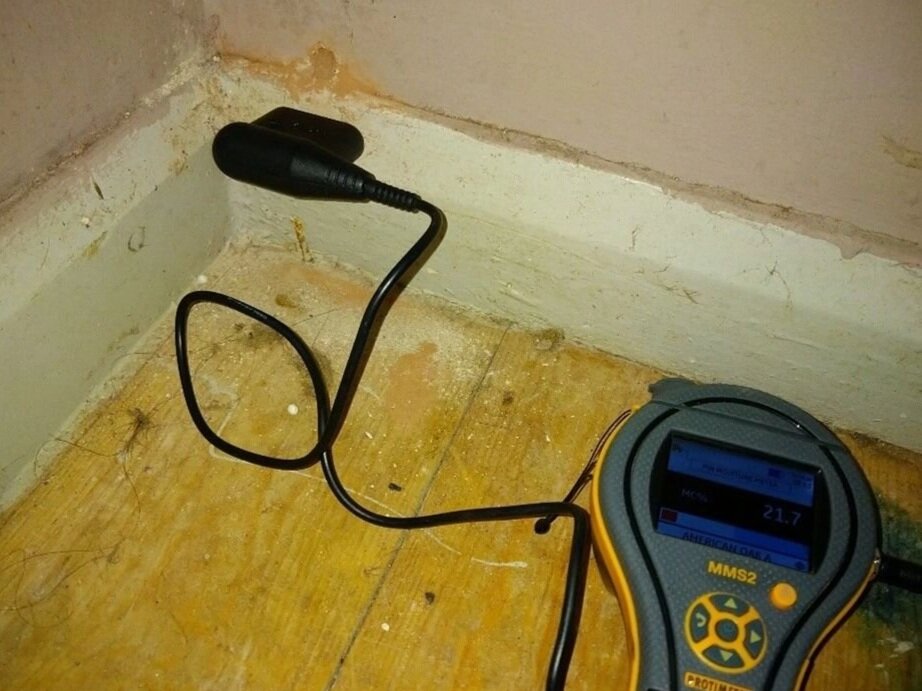
Calcium Carbide Testing – Why is it Never Done Correctly?
The calcium carbide ‘speedy’ test helps us to determine the moisture content within a suspected damp wall. The test is more accurate than simply using a protimeter as conductive salts can produce false reading on electrical damp meters. It is a destructive test in that the sample is required to be taken from the mortar in the wall itself and at low level, therefore often requiring the removal of a section of skirting board. Claimant experts rarely have permission for destructive testing, however, defendant experts generally do.
The test itself is relatively simple, however if a stringent testing process is not followed and the test not done correctly, the results from the test will be inherently flawed.

Nerdy science bit: Calcium carbide reacts with any moisture in the sample taken and produces acetylene gas which then registers on the pressure gauge on the speedy test apparatus. The amount of gas produced is directly proportional to the amount of moisture present
It is widely accepted that a calcium carbide test of 5% or more confirms structural dampness. The Building Research Establishment Digest 245 states that this test should be taken from the most porous part of the wall (the mortar) and at the floor wall junction. However, time and again we see calcium carbide test samples being taken two to three inches above a seven-inch skirting board, meaning that the sample was taken not at the floor wall junction but nine or ten inches above it.
The results from such a test should be questioned as the wall will always be wetter lower down and behind the skirting board (and drier the higher up the wall the test sample is taken from). Many surveyors and solicitors are unaware of the correct procedure for testing or that they should then be questioning these spurious results.
Our experts regularly conduct calcium carbide testing (where structural dampness is suspected) and in order to ensure the most accurate result we follow this process:
· Firstly, we remove a section of the skirting board using an oscillating multitool which allows us cut out the section of skirting board with precision which then exposes the plaster beneath.
· We then hack off the plaster to expose the brickwork joint closest to the floor.
· The testing sample is then taken using a 9mm drill bit and a slow drill speed as high-speed drilling creates heat which can dry the sample.
· According to the guidance contained within BRE Digest 245, the material from the first 10mm of the hole should be discarded and the necessary material collected from 10mm onwards.
· We use calibrated digital scales to collect the required six grams of material for use in the testing process.
We regularly see testing procedures carried out by other surveyors who are clearly unaware of the correct process to follow and indeed we frequently experience situations where the sample has been taken from higher up the wall than the floor wall junction, a high speed drill is used and the sample collected from the first 10mm of material, all of which will render an inaccurate result.

The expert here has removed plaster to find a mortar joint but this is eight or nine inches above the floor wall intersection.

Here you can see where the other expert obtained a sample from above the skirting board, and from this sample the expert obtained a 5% result. From our sample, approximately two to three inches lower (as seen in the photograph), the result here was 8%.
It is highly likely that if the other expert’s result was less than 5% he would have concluded there was no structural dampness and used his test results as evidence. Where potentially, had the sample been taken correctly, this result may well have supported the presence of structural dampness.

This is another example of an expert carrying out the test incorrectly. Here the expert has drilled a hole, not at the wall floor junction, but also without removing the skirting board or plaster beneath in order to locate a mortar joint. As such the material being tested is very unlikely to have come from the mortar joint and this ‘pot luck’ approach will not work.
